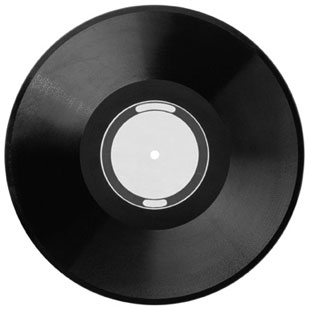
The Music Industry as an Autopoietic system

Niklas Luhmann developed a grand theory to combine parts of Parson’s structural functionalism with grand system theory. This theory focuses on the divide between systems and their environment. Systems are significantly less complex than their environment. Autopoietic systems “are systems that produce their own basic elements, establish their own boundaries and structures, are self-referential, and are closed” (Ritzer, p. 92). The music industry can be considered an autopoietic system.
The music industry produces the basic elements that comprise it. The appearance of purchasable singles (and when the technology became available, albums) and the music industry came at roughly the same time. Purchasable music and the music industry support each other. Without the music industry, there would not be enough money to record, produce, publish, press, and promote music for consumption. The music industry needs the music to make a profit and continue to grow.
 |
The music industry establishes its own boundaries and organizes its internal structures. The boundaries provide a clear definition as to what is included in the system and what is in its environment. The music industry system includes purchasable music by artists signed to a major record label (like Atlantic or Song BMG). A & Rs are “responsible for what music goes out on a company’s label – for getting artists signed to the label, for keeping them there (or dismissing them), and for the records that are issued in their names” (Frith, p.78). The structures inside these boundaries give instructions as to how the music is to be distributed and marketed. The music industry distributes its product mostly through physical formats (vinyl and CDs), but is starting to push nonphysical formats (purchasable digital files) also. The marketing of the music is usually done through radio play, music videos, and live performances.
The music sold by the music industry is self-referential. A new song’s structure and sound are generally similar to other songs in the same genre subsystem that have been. Some artists cover songs that have already been played by other artists, generating more money on existing ideas. A number of hip hop artists use sampling to add portions of other artists’ songs to their own to create new music. These samples usually need to be cleared which pays the original artist and the record company for the use of the old song. This self-referencing supports the music industry financially, allowing the system to survive.
An autopoietic system must be a closed system and “does not entertain any interchange with its environment (…) or change once it has reached an inner equilibrium” (Kirsch, p. 7). Record executives do not have direct contact with those outside of the music industry. The kinds of music that will be released by the select group of artists signed are determined by the record company. Music not considered to be mainstream or marketable will not be picked up by a major label and will stay outside the system in the environment.
Differentiation helps the system deal with changes in the environment and allows for more complexity. The music industry has responded to illegal filesharing by making digital files purchaseable. They have responded to changes in format through stratificatory differentiation. The hierarchy of formats is focused on supplying consumers with CDs most, followed by digital files, and then records.
The music industry is starting to open up, which will exclude it from being considered an autopoietic system. The music industry has been in decline since the emergence of peer to peer networking (early Napster, Soulseek, and torrents)and social networking sites (Myspace). The music industry's boundary of controlling what people listen to has not been maintained well because of this. The system will "be overwhelmed by the complexity of its environment" (Ritzer, p. 95), and will fail if it cannot respond. The music industry will become obsolete as a system if their stratificatory differentitiation technique of supplying different formats by perceived demand fails.
Frith, Simon. 1978. The Sociology of Rock. London: Constable.
Kirsch, Jochen H. Ch. (1998). The Military of Guatemala and Niklas Luhmann’s Theory of Autopoietic Social Systems. Retrieved from
http://scholar.lib.vt.edu/theses/available/etd-42198-18206/unrestricted/thesis.PDF
Ritzer, George. 2007. Contemporary Sociological Theory and Its Classical Roots: The Basics (2nd ed.). St. Louis: McGraw-Hill.